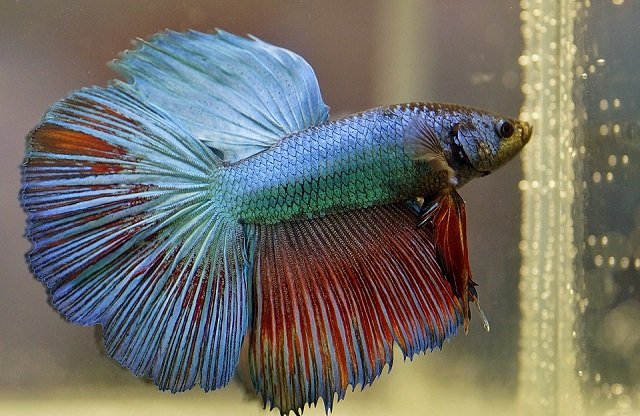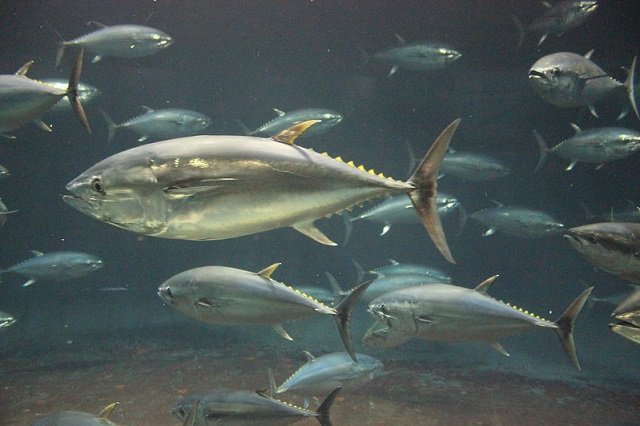Dried and salted cod (“clipfish”) is a traditional export item for Norway and as far back as statistical records go, traces of export of clipfish can be found. In 1830, Norway was already exporting 7.500 tonnes of clipfish. Clipfish has since then followed an upward trend and reached a peak of 99.000 tonnes in 2014.
The level of production and the price of dried and salted cod are closely related to the cod quotas awarded to Norway. The record level of 2014 was then linked to high quotas and low prices of the raw material. In the last two years (2015-2016), which saw a shortage in the raw material supply (Norway’s cod catches fell from 473.500 tonnes in 2004 to 412.500 tonnes in 2016), clipfish exports dropped to 81.000 tonnes in 2016.
Raw material (fresh/frozen cod) represents 84% of the total cost of dried and salted cod (margin excluded). Labour is the second-largest cost item, with 8-9% of the total cost.
Portugal is Norway’s main clipfish market and takes in 66% of Norway’s total exports of cod clipfish.
Dried and salted cod is shipped to Portugal by road for a transportation cost of 0,17 EUR/kg. Transportation by road takes approximately 5-6 days from the main processing area around Ålesund to central locations in Portugal.
In Portugal dried and salted cod is directly delivered to large-scale retailers, who have a market share of approximately 90% for dried salted cod, out of which the top-3 retailers account for 80%.
Portuguese large-scale retailers often sell Norwegian clipfish with high discounts.
Stay Always Informed
Join our communities to instantly receive the most important news, reports, and analysis from the aquaculture industry.
Dowload “Price Structure Analysis on dried salted cod in Norway”: http://www.eumofa.eu/documents/20178/113218/Cod+in+NO_EN.pdf
Source: EUMOFA
Editor at the digital magazine AquaHoy. He holds a degree in Aquaculture Biology from the National University of Santa (UNS) and a Master’s degree in Science and Innovation Management from the Polytechnic University of Valencia, with postgraduate diplomas in Business Innovation and Innovation Management. He possesses extensive experience in the aquaculture and fisheries sector, having led the Fisheries Innovation Unit of the National Program for Innovation in Fisheries and Aquaculture (PNIPA). He has served as a senior consultant in technology watch, an innovation project formulator and advisor, and a lecturer at UNS. He is a member of the Peruvian College of Biologists and was recognized by the World Aquaculture Society (WAS) in 2016 for his contribution to aquaculture.



